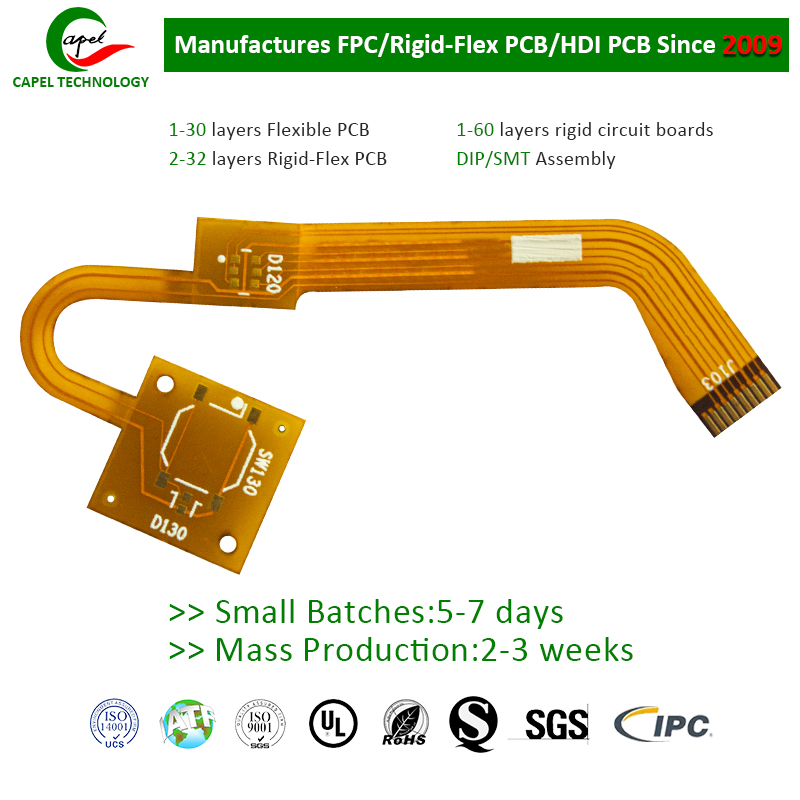Flexible circuit fabrication is widely used in various industries due to its many advantages such as flexibility, lightweight, compactness and high reliability. However, like any other technological advancement, it comes with its fair share of challenges and drawbacks. A major challenge in flexible circuit manufacturing is electromagnetic radiation and electromagnetic interference (EMI) suppression, especially in high-frequency and high-speed applications. In this blog post, we will explore some effective ways to address these issues and ensure optimal performance of flex circuits.
Before we delve into the solutions, let’s first understand the current problem. Electromagnetic radiation occurs when the electric and magnetic fields associated with the flow of electric current oscillate and propagate through space. EMI, on the other hand, refers to the undesirable interference caused by these electromagnetic radiations. In high-frequency and high-speed applications, such radiation and interference can severely impact the functionality of the flex circuit, causing performance issues, signal attenuation, and even system failure.
Now, let’s explore some practical solutions to address these issues in flexible circuit manufacturing:
1. Shielding technology:
An effective way to suppress electromagnetic radiation and EMI is to use shielding technology in the design and manufacture of flexible circuits. Shielding involves using conductive materials, such as copper or aluminum, to create a physical barrier that prevents electromagnetic fields from escaping or entering a circuit. Properly designed shielding helps control emissions within circuits and prevent unwanted EMI.
2. Grounding and decoupling:
Proper grounding and decoupling techniques are critical to minimizing the effects of electromagnetic radiation. A ground or power plane can act as a shield and provide a low-impedance path for current flow, thereby reducing the potential for EMI. In addition, decoupling capacitors can be strategically placed near high-speed components to suppress high-frequency noise and minimize its impact on the circuit.
3. Layout and component placement:
Layout and component placement should be carefully considered during flex circuit manufacturing. High-speed components should be isolated from each other and signal traces should be kept away from potential sources of noise. Minimizing the length and loop area of signal traces can significantly reduce the possibility of electromagnetic radiation and EMI problems.
4. Purpose of filter element:
Incorporating filtering components such as common mode chokes, EMI filters, and ferrite beads helps suppress electromagnetic radiation and filter out unwanted noise. These components block unwanted signals and provide impedance to high-frequency noise, preventing it from affecting the circuit.
5. Connectors and cables are properly grounded:
Connectors and cables used in flexible circuit manufacturing are potential sources of electromagnetic radiation and EMI. Ensuring these components are properly grounded and shielded can minimize such problems. Carefully designed cable shields and high-quality connectors with adequate grounding can effectively reduce electromagnetic radiation and EMI problems.
In summary
Solving the electromagnetic radiation and EMI suppression problems in flexible circuit manufacturing, especially in high-frequency and high-speed applications, requires a systematic and holistic approach. A combination of shielding techniques, proper grounding and decoupling, careful layout and component placement, use of filtering components, and ensuring proper grounding of connectors and cables are critical steps in mitigating these challenges. By implementing these solutions, engineers and designers can ensure optimal performance, reliability and functionality of flexible circuits in demanding applications.
Post time: Oct-04-2023
Back







